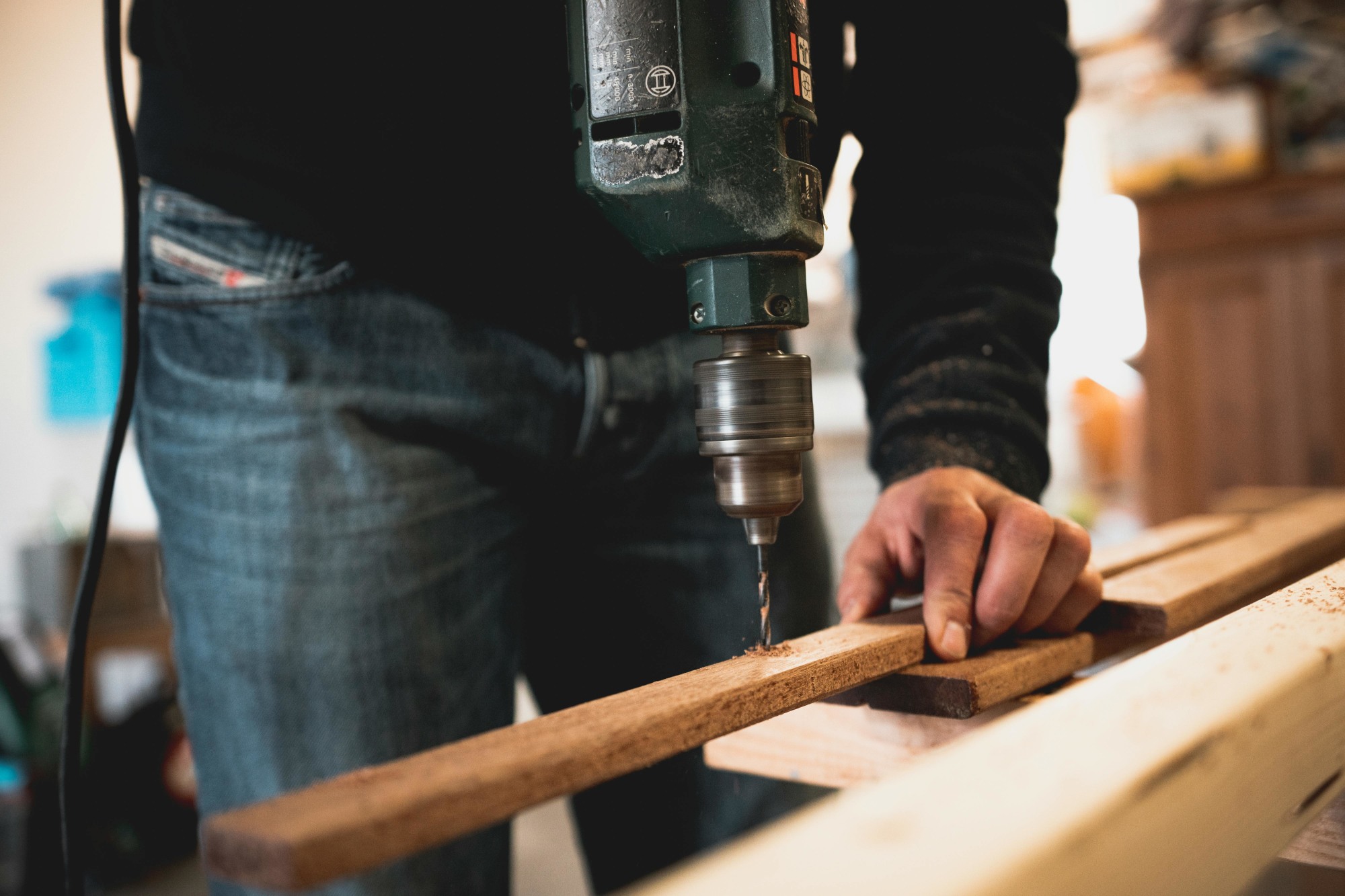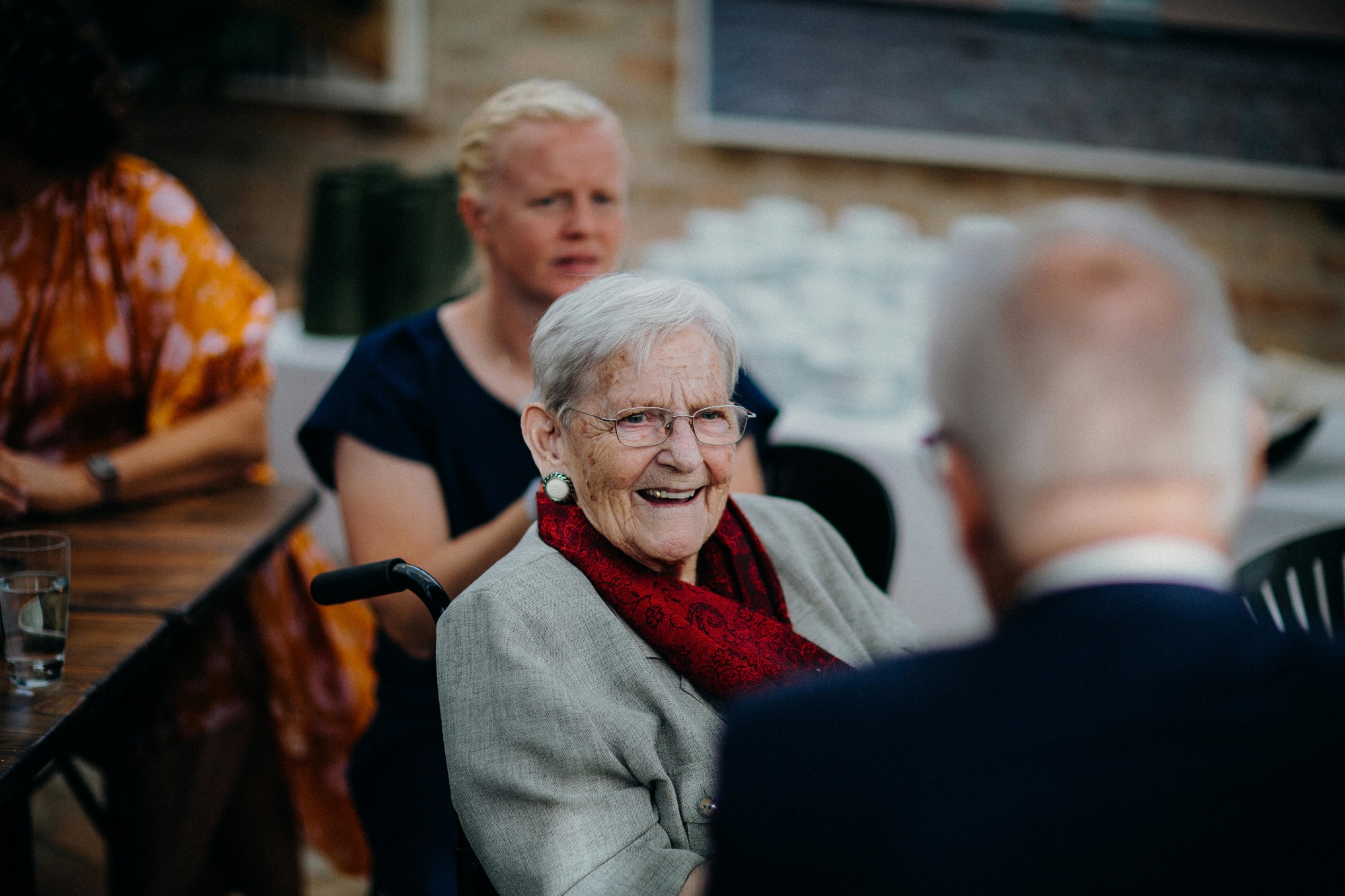Retirement
Slowdown in women’s economic progress despite record-breaking employment
Retirement
Slowdown in women’s economic progress despite record-breaking employment
Despite a record-breaking year in employment figures, Australian women’s economic wellbeing is at its lowest in four years, according to a new report.
Slowdown in women’s economic progress despite record-breaking employment
Despite a record-breaking year in employment figures, Australian women’s economic wellbeing is at its lowest in four years, according to a new report.

Equality still a decade away
The Financy Women’s Index (FWX) report measured economic progress across education, work, pay, leadership positions and superannuation.
The index rose by 0.2 of a point to 126.3 points in the December quarter, reflecting a 4.4 per cent improvement on 121.9 points in December 2017.
When the December result is compared to the FWX progress target of 173.3 points, it shows that on the basis of current trends, the report noted, Australia is still at least a decade away (37 per cent short) from achieving economic equality.

Labour force, female board numbers and superannuation gap stalling progress
Bianca Hartge-Hazelman, founder of the Women’s Index, said that while three records were broken this year to help drive women’s economic progress in 2018, inequality still remains.
“We have over 3.21 million women in full-time employment, record women pursuing higher educational qualifications and a 20-year low in the national gender pay gap,” Ms Hartge-Hazelman said.
“But disappointingly, the rate of progress in educational attainment is not being matched in the labour force, the superannuation gender gap remains too wide and female board appointments stalled in the second half of 2018.”
AFA Inspire national chair Kate McCallum said that it’s encouraging to see that the latest Financy Women’s Index score is up, though disappointing that the notch is so small.
“I’m sure many are as frustrated as I am that this is all we can wring out of what must be millions of hours of effort in mentoring, coaching and training,” she said.
“The index reveals that Australia is screaming out for systemic change. In no other endeavour in business would we continue to invest so much precious time and energy into initiatives that gain so little traction in improving the pathways to women’s economic progress.”
Finance regulatory environment blamed for paused progress
The report noted that the number of women occupying board positions in the ASX 200 was down slightly to 28.4 per cent from 28.5 per cent in the September quarter, with the pace of progress stalling in the second half of the year.
“Although the percentage of women on the ASX 200 boards has gone slightly backwards over the period, it is fair to say that the financial services industry in particular has been challenged by the high level of regulatory uncertainty,” Connie McKeage, managing director of OneVue, said.
“The diversity objective remains top of mind for most Australian-listed companies; however, as they continue to strive to get the right people into the right positions, the deadline looms. As they say, however, better late than never, and I remain confident we will get there in this financial year.”
Changes to super a positive step
The number of women in full-time employment hit a high of 3.21 million in the second half of 2018, outpacing the level of male full-time employment growth, the report said.
It found that participation rate also increased to 60.5 per cent in October, from 60.1 per cent 12 months earlier.
Meanwhile, the gender gap in superannuation persisted with women, falling by 34 per cent short compared to men at retirement age, according to the study.
Despite this, AMP Financial Planning adviser Dianne Charman said that 2018 had been a better year for women’s superannuation.
“New measures like the rollover of unused concessional contribution caps have the potential to make a big dent in the gap between men and women’s average super balances over time,” Ms Charman said.
“Changes like this directly address the issue of women’s interrupted work patterns.”
Pay gap improving overall
The finance services sector scored the largest pay gap of any Australian industry in 2017–2018, at 30.3 per cent for full-time remuneration, as shown by the government’s Workplace Gender Equality Agency.
Australia saw the largest single-year drop in its pay gap for the past five years, with the divide in total full-time remuneration falling by 1.1 per cent to become 21.3 per cent. Men were found to be paid $25,717 more than women on average.
The three biggest employers of women in terms of growth rates over 2018 were said to be Construction, up by 23 per cent; followed by Public Administration and Safety, up by 22 per cent; and Mining, up by 20 per cent.
The sectors that recorded a widening of the gender pay gap in 2018 were Healthcare and Social Assistance; up by 2.2 per cent; Other Services (consisting of personal care services, religious, civic, professional services), up by 1.9 per cent; and Mining, up by 0.9 of a percentage point.
The report also noted the industries that reduced their gender pay gaps in 2018: Construction, down by 5.1 per cent; Accommodation and Food Services, down by 2.5 per cent; and Arts and Recreation Services, down by 3.7 per cent.
Women taking on male-dominated sectors
More women were found to be studying beyond high school and male-dominated technical fields, which tend to provide pathways to higher-paying careers, are increasingly sought-after.
The latest data from the Department of Education showed that there were more than 839,000 women and over 673,000 men in student enrolments in 2017, representing the majority, at 55 per cent against 45 per cent.
Shane Oliver, chief economist at AMP Capital, said that while it was pleasing to see that the economic wellbeing of women is continuing to improve, more needs to be done to support women in the workforce.
“Higher levels of female participation in tertiary education, along with changing community attitudes and expectations, provide confidence that this will continue,” he said.
“But we need to do more in making it easier for women to participate as much as they would like in the workforce and to ensure they receive all the same opportunities and rewards as men.”

Retirement Planning
New Framework Aims to Bridge Australia’s Financial Advice Gap
A ground-breaking framework introduced by the Actuaries Institute promises to revolutionise how Australians access financial support, potentially transforming the financial wellbeing of millionsRead more

Retirement Planning
The downsizer dividend: how Australia’s ageing shift will reshape property, finance and AI strategy
Downsizing is moving from a personal milestone to a system-level lever for Australia’s housing market. As policymakers court reforms and agents eye fresh listings, the real profit pools will accrue to ...Read more

Retirement Planning
Half of Australians financially insecure about retirement as AMP launches new initiative
In a significant move aimed at addressing the retirement concerns of Australians, AMP has unveiled the Retirement Confidence Pulse, a national barometer designed to gauge the financial confidence of ...Read more

Retirement Planning
North introduces Grow to expand Australia's financial advice footprint
In a bid to bridge the gap between the demand for financial advice and its accessibility, North, a prominent platform for superannuation and retirement in Australia, has launched an innovative ...Read more

Retirement Planning
Majority of Australians anxious about retirement as super knowledge gaps persist, report finds
A new study by Aware Super has revealed that a significant majority of Australians aged 45 and over are feeling anxious about retirement, with nearly nine in ten respondents concerned they will run ...Read more

Retirement Planning
AMP’s MyNorth Lifetime boosts financial security and retirement income
AMP has reported that its MyNorth Lifetime retirement income solution is delivering significant financial benefits to retirees, with an average uplift of 50% in total income. Read more

Retirement Planning
Retirement living sector calls for planning reforms amid declining construction confidence
The Retirement Living Council (RLC) is urging governments to streamline planning systems to boost housing supply, following a decline in confidence in age-friendly construction activity. Read more

Retirement Planning
New laws to boost women's retirement savings through paid parental leave
The Australian Parliament has passed new legislation that will see superannuation guarantee contributions paid on the Commonwealth Government's Paid Parental Leave (PPL) scheme. Read more

Retirement Planning
New Framework Aims to Bridge Australia’s Financial Advice Gap
A ground-breaking framework introduced by the Actuaries Institute promises to revolutionise how Australians access financial support, potentially transforming the financial wellbeing of millionsRead more

Retirement Planning
The downsizer dividend: how Australia’s ageing shift will reshape property, finance and AI strategy
Downsizing is moving from a personal milestone to a system-level lever for Australia’s housing market. As policymakers court reforms and agents eye fresh listings, the real profit pools will accrue to ...Read more

Retirement Planning
Half of Australians financially insecure about retirement as AMP launches new initiative
In a significant move aimed at addressing the retirement concerns of Australians, AMP has unveiled the Retirement Confidence Pulse, a national barometer designed to gauge the financial confidence of ...Read more

Retirement Planning
North introduces Grow to expand Australia's financial advice footprint
In a bid to bridge the gap between the demand for financial advice and its accessibility, North, a prominent platform for superannuation and retirement in Australia, has launched an innovative ...Read more

Retirement Planning
Majority of Australians anxious about retirement as super knowledge gaps persist, report finds
A new study by Aware Super has revealed that a significant majority of Australians aged 45 and over are feeling anxious about retirement, with nearly nine in ten respondents concerned they will run ...Read more

Retirement Planning
AMP’s MyNorth Lifetime boosts financial security and retirement income
AMP has reported that its MyNorth Lifetime retirement income solution is delivering significant financial benefits to retirees, with an average uplift of 50% in total income. Read more

Retirement Planning
Retirement living sector calls for planning reforms amid declining construction confidence
The Retirement Living Council (RLC) is urging governments to streamline planning systems to boost housing supply, following a decline in confidence in age-friendly construction activity. Read more

Retirement Planning
New laws to boost women's retirement savings through paid parental leave
The Australian Parliament has passed new legislation that will see superannuation guarantee contributions paid on the Commonwealth Government's Paid Parental Leave (PPL) scheme. Read more








